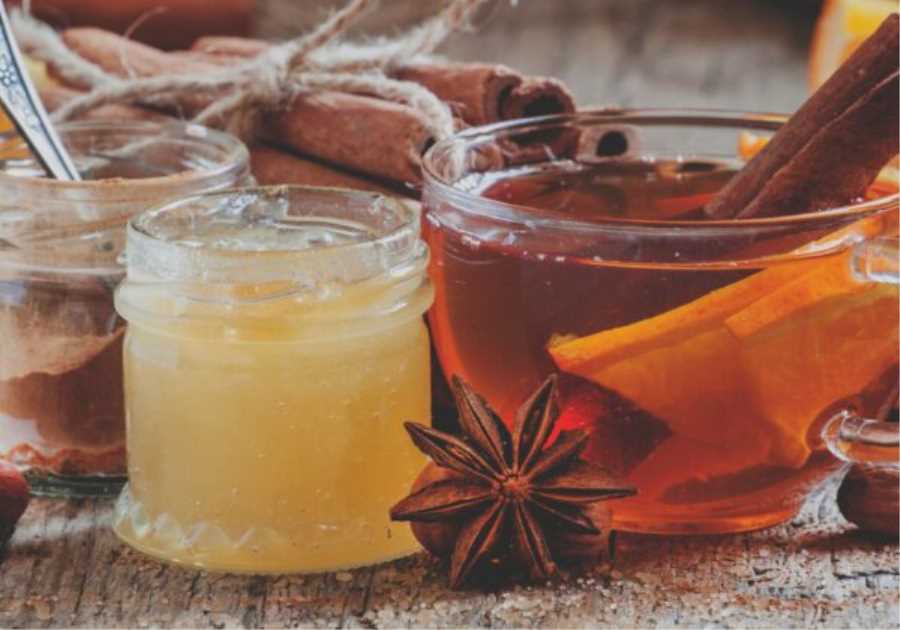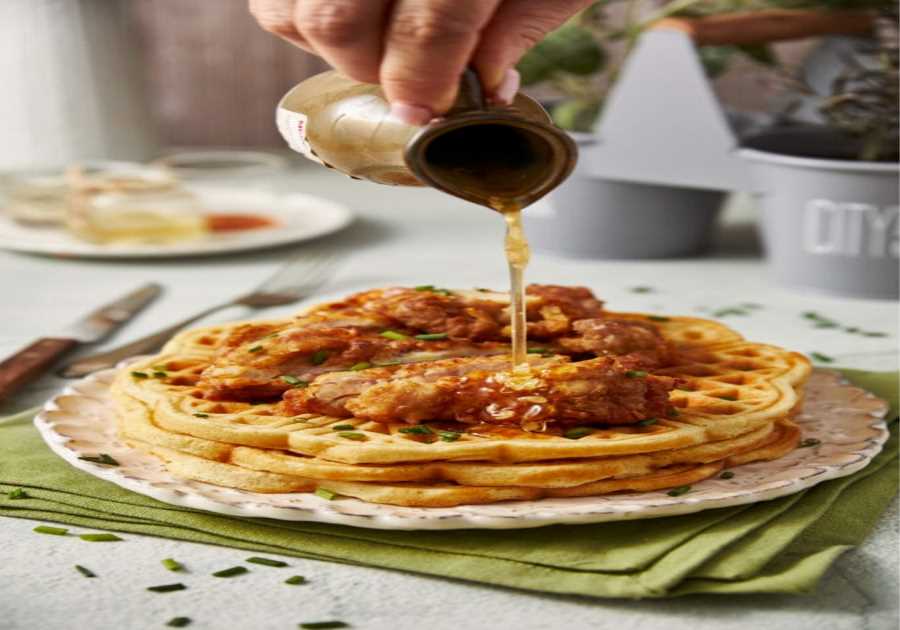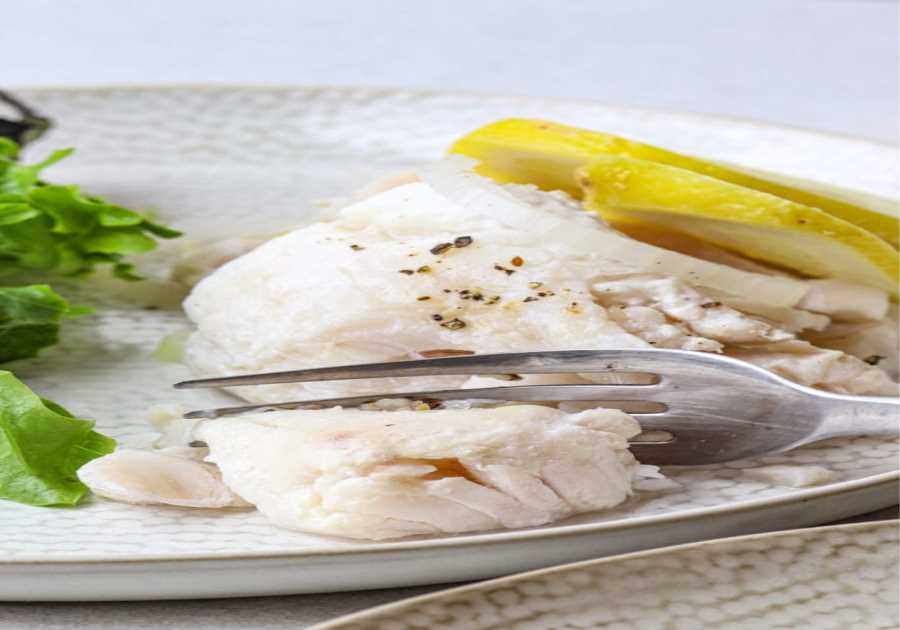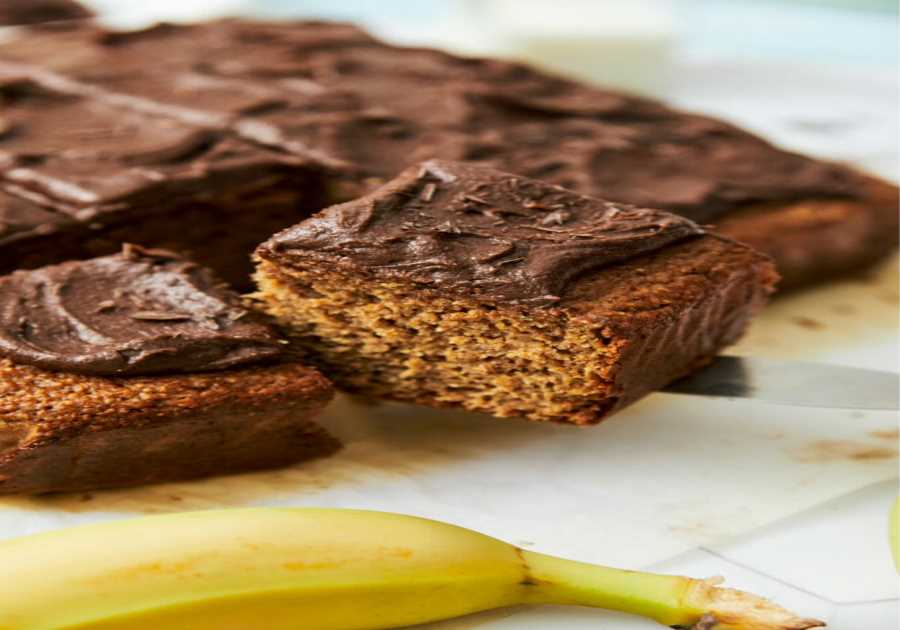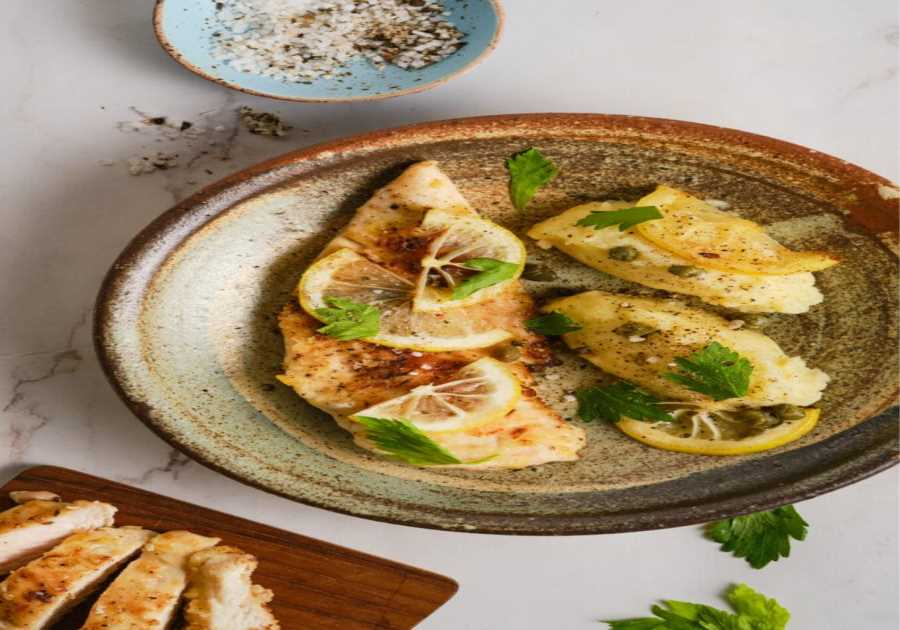Dill is an annual herb that can be grown as both a leaf and a seed. It is a staple in cuisines across the globe and has been used for both medicinal and culinary purposes since ancient times (8).
It grows best in full sun, but will tolerate partial shade. It benefits from the use of a balanced fertilizer 1-2 times per season.
Delicate and Tangy Flavors
Dill (Anethum graveolens) has a delicate flavor that complements a wide range of foods. Its leaves, seeds, and stems are used as a culinary ingredient and herb. Its tangy, grassy, and slightly citrus flavors are used in both soups and salad dressings as well as fish dishes and potato salad.
The seeds can also be dried and used to flavor dishes, including pickles. Dried dill seeds have a more intense flavor than fresh ones, so you'll want to use them sparingly.
In the garden, dill's tall foliage can enhance cucumber and tomato flavor, attract pollinators, and provide shade for seedlings. Its fragrance repels many common pests, such as aphids and cucumber beetles. It can even help to deter cabbage loopers and kohlrabi bugs. Its tall branches can also act as a natural windbreak for young plants.
Culinary Uses
The flavor of fresh dill leaves and seeds is often used for pickling, but this herb also adds a delicate, tangy touch to soups, stews, salads, mashed potatoes, fish dishes and bread recipes. Dried dill leaves can be used to make dill salt, or chopped and added directly to recipes. The stems of the plant can also be used, and a bouquet garni of dill stems helps to flavor pot roasts.
Dill is a relatively easy herb to grow in the garden, and it's hardy enough to overwinter in many climates. It grows well in cool to moderate temperatures, and it prefers slightly acidic soil with full sun. It should be sowed in spring after the danger of frost has passed, and it germinates quickly. To optimize the essential oils, harvest dill leaves and seeds before they flower (as they lose their flavor after flowering). Dill plants will self-sow if allowed to bloom, so deadhead them regularly to prevent the plant from overtaking your other vegetable and herb beds.
Health Benefits
Dill is a rich source of vitamin A, which is vital for the immune system. This vitamin also helps the respiratory system. It thins and loosens sputum particles within the lungs, chest, and nasal cavities and eases breathing. It is a natural remedy for all kinds of respiratory problems and can be used as a cough suppressant.
Dill is also a good source of vitamin C, which enhances immunity and protects the body from free radical damage. Its anti-inflammatory properties help lower bad cholesterol levels and prevent heart diseases. It has been used since ancient times as a natural treatment for epilepsy and has proven to have anticonvulsant properties.
Dill contains a lot of phytochemical compounds, including eugenol, phellandrene, anethole and flavonoids. Its antioxidant properties reduce oxidative stress and keep the blood sugar balanced. It is also beneficial for diabetics as it can prevent sudden sugar spikes by slowing the breakdown of starches into glucose.
Visual Appeal
Fresh dill leaves are feathery and delicate, with bold green color that adds a splash of vibrant flavor to a salad. In its dried form, dill seed (Anethum graveolens) is used for long steeps like pickles and salad dressing and to season hard-cooking dishes, such as soups and stews.
Whether used whole or in a ground spice blend, dill seeds have a distinctive aroma that's similar to caraway, anise, and coriander, with hints of citrus and licorice. Store dill seed in a cool and dark place to preserve its aroma and flavor.
Dill plants are attractive companions in vegetable gardens and flower beds, where their twee blossoms are a beautiful addition to bouquets. Their self-sowing habit keeps dill growing all year, and its foliage makes a nice border plant that's also a great choice for shade. Its seeds and flowers are decorative as well, adding a pretty finishing touch to jars of pickles or salads.
Frequently Asked Questions
Which plant can heal wounds?
Plants are amazing creatures. They grow, they live, and they die. They make food, clean our air and water, and help keep us healthy. But plants also do more than that...they heal wounds.
Plants release molecules called phytochemicals when they are injured. These chemicals act as antioxidants, which protect cell membranes from damage and promote healing.
Phytochemicals found in plants include flavones (found in citrus fruits), terpenoids (present in mint leaves), and polyphenols (common in berries).
In addition to these protective compounds, plants contain proteins, vitamins, minerals, amino acids, fatty acids, and carbohydrates that support the body's natural processes of healing.
The best way to use plants to heal wounds is to consume them directly. However, there are ways to apply the power of plants to treat wounds without eating them.
First, soak a cotton ball in an extract from the St John's Wort herb. This product contains salicylic acid, which helps reduce inflammation.
Next, place the soaked cotton ball on the wound. Avoid applying the herb directly to open cuts, burns, or puncture wounds. If you feel any burning sensation, remove the herb immediately.
You may also find that placing a few drops of essential oil on the affected area promotes faster healing. Lavender essential oil reduces swelling and speed recovery; rosemary stimulates blood flow and increases circulation; peppermint relieves headaches and muscle aches.
If you want to try your hand at growing some of your medicinal herbs, here are some tips:
- Start with small pots, so you don't end up with too much of one particular type of plant.
- Grow several different types of herbs together. The same goes for flowers and vegetables. Mixing it up will ensure you get all the benefits of each plant.
- Use organic fertilizer if you're growing your herbs indoors. Non-organic fertilizers may be harmful to your health.
- Harvest regularly. You'll enjoy the freshness of homegrown herbs, but leave enough time between harvests to allow the soil to replenish itself.
- Be careful not to overwater your plants. Overly wet soil encourages mold growth, which isn't suitable for your herbs.
- Wash your hands after handling your herbs. You don't want to risk spreading bacteria onto your plants!
Is eating raw basil good for you?
I'm sure everyone knows that fresh herbs are great for cooking but did you know that you could eat them too? Raw, uncooked herbs are packed full of nutrients and vitamins that we normally have to cook.
They contain more antioxidants than any fruit or vegetable. And they also help our immune systems stay strong and healthy.
The best way to enjoy these delicious little green gems is to eat them raw from the garden. But there's nothing wrong with enjoying them cooked, either. They taste even better when sautéed in olive oil and served alongside pasta or rice.
There are lots of ways to incorporate raw herbs into recipes. Add them to salads, soups, sandwiches, wraps, omelets, stir-fries, and pesto.
Just make sure you wash them well first!
What spice is good for inflammation?
Turmeric is one spice that can be beneficial for reducing inflammation. It contains the active ingredient curcumin, which has been studied extensively and shown to have anti-inflammatory effects on the body. Other spices like ginger, cinnamon, cayenne pepper, garlic, and cardamom may also reduce inflammation in the body. Adding these spices to your diet can help reduce inflammation and promote overall health.
Another spice that can be used to reduce inflammation is black pepper. The active ingredient in black pepper, piperine, has been studied and found to have anti-inflammatory properties. It may also help reduce pain associated with inflammation. Additionally, the spice contains antioxidants which are beneficial for overall health.
Adding black pepper to your diet may help reduce inflammation and promote overall health. Be sure to talk with your doctor before adding any spice to your diet, as some spices may interact with your medications or supplements. Eating various healthy foods, including spices with anti-inflammatory benefits, can help keep your body balanced and reduce the risk of chronic inflammation-related illnesses.
In summary, adding spices to your diet can be beneficial for reducing inflammation and promoting overall health. Spices like turmeric, ginger, cinnamon, cayenne pepper, garlic, cardamom, and black pepper have all been studied for their potential anti-inflammatory effects.
What is the difference between basil and oregano?
Both of these herbs belong to the Lamiaceae family. They share similar flavors, but the differences are obvious.
Oregano is more pungent than basil. It also adds an extra layer of flavor to foods.
Basil leaves are smaller than oregano leaves. They are also softer and less aromatic.
The two herbs are often used interchangeably. Although they are quite similar, each has its distinctive qualities.
What herbs should you take daily?
Depending on your health and wellness needs, many herbs can be taken daily to help improve your overall health.
Popular herbs for daily consumption include ashwagandha, turmeric, ginger, holy basil, chamomile, lavender, peppermint, and cayenne pepper. Ashwagandha is an adaptogenic herb that can help the body resist stress and anxiety. Turmeric is known for its anti-inflammatory properties, while ginger has been shown to aid digestion and boost immunity. Holy basil may help with managing blood sugar levels, as well as providing a calming effect. Chamomile can promote relaxation, while lavender is used in aromatherapy for its calming properties. Peppermint can help aid digestion and reduce nausea, while cayenne pepper has antibacterial properties that may boost your immunity.
As always, you must consult your doctor before taking herbs daily to ensure they are safe for you and do not interact with any other medications or herbs you may be taking.
There is no shortage of information on what foods we should eat and how much exercise we should do. But when it comes to what supplements we should take, there is a dearth of knowledge.
This is because most of us aren’t sure which ones work or which are junk. So we go online and look up whatever we can find.
But often, these articles are written by companies trying to promote their products. Which means they're usually biased toward their product.
So instead of finding unbiased advice, we end up reading marketing hype.
This makes sense since marketers make more money selling stuff than doctors.
The medical industry isn’t even allowed to advertise directly to consumers anymore. The best way to learn about natural remedies is to read independent reviews.
This is where you'll find real users sharing their experiences with each supplement. These sites give you an honest opinion of whether or not a particular herb helps.
Users will often share their experience with a supplement after taking it. This gives you a good idea of its effectiveness and any side effects.
You can also check out forums dedicated to herbalism. Here you can ask questions and receive answers based on personal experience.
Of course, there are plenty of other ways to learn about herbs.
There are books, websites, blogs, videos, podcasts, and classes. All of them provide valuable information about natural remedies.
Statistics
- The herbs market is highly competitive, with over 1,000 herb suppliers and over 15,000 herbs products available in the United States alone.
- Herbs are among the most popular and widely used medicinal remedies. According to a survey conducted by the National Institutes of Health, herbs were used by over 38% of adults in the United States.
External Links
[TAG50]
[TAG53]
- Ashwagandha | Memorial Sloan Kettering Cancer Center
- Grape Seed | Memorial Sloan Kettering Cancer Center
[TAG56]
[TAG58]
How To
How do I know if my herbs have been treated with pesticides?
If you see a pesticide label on your herbs, the plants were sprayed with chemicals before being sold to you.
These chemicals harm human health and could cause cancer or other serious illnesses.
Unfortunately, this practice has become common around the globe. Many countries allow farmers to spray their crops with pesticides without proper regulation.
In order not to harm themselves, consumers should always ask about the source of their produce. If it comes from a farmer near you, it’s safe to assume it was not treated with pesticides.
However, there are still ways to ensure that your herbs are free from harmful chemicals.
However, if you want to ensure that your herbs aren’t contaminated, you can purchase organic herbs directly from the farm.
This way, you won’t need to worry about the safety of your herbs. You can trust that they weren’t exposed to harmful chemicals.
Resources:
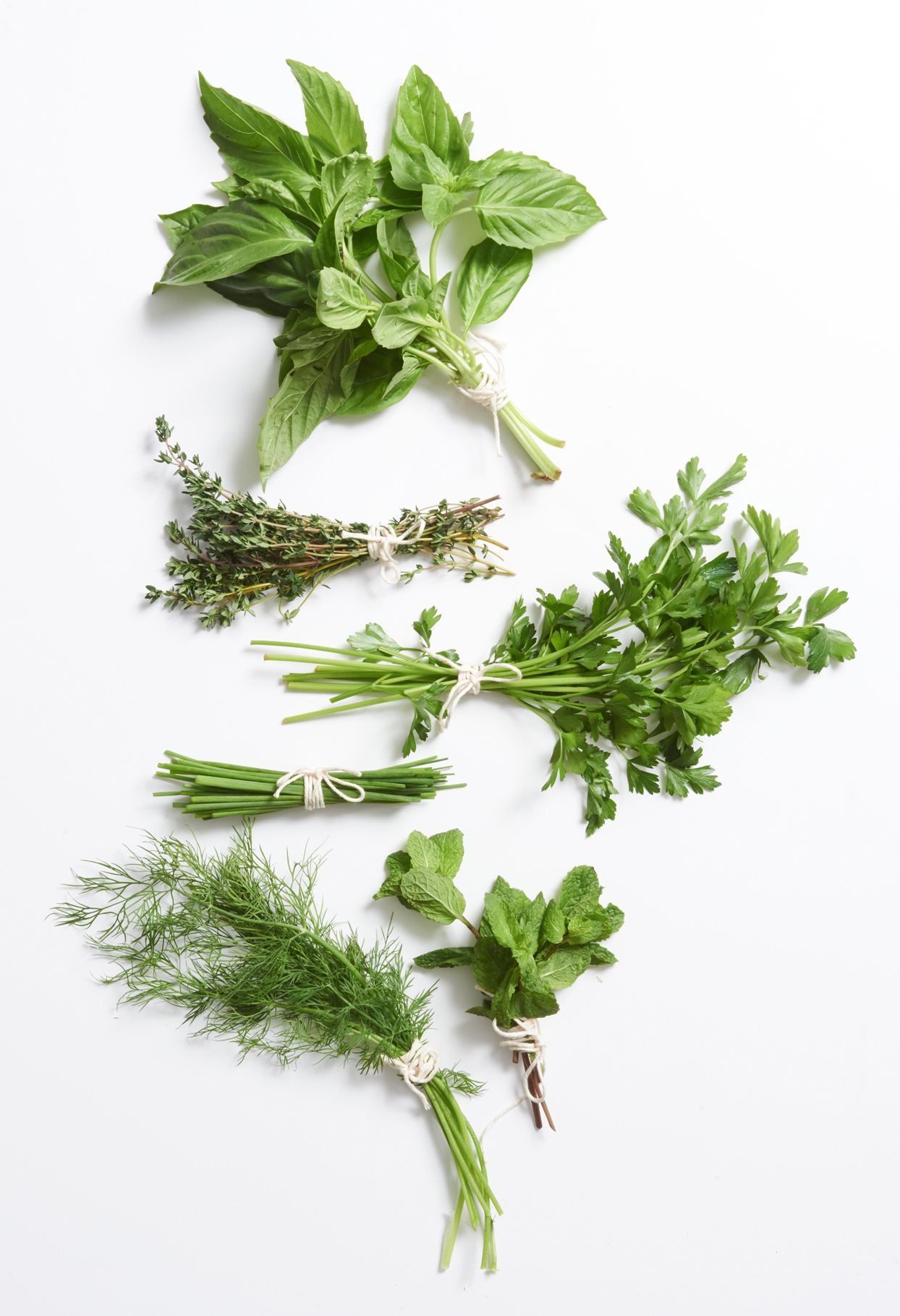 |
[TAG60]The 84-year-old Chen Xiangbai is a leading figure in Chaozhou Gong Fu Cha. He has collected, organized, and determined the standard Chaozhou Gongfu.. |
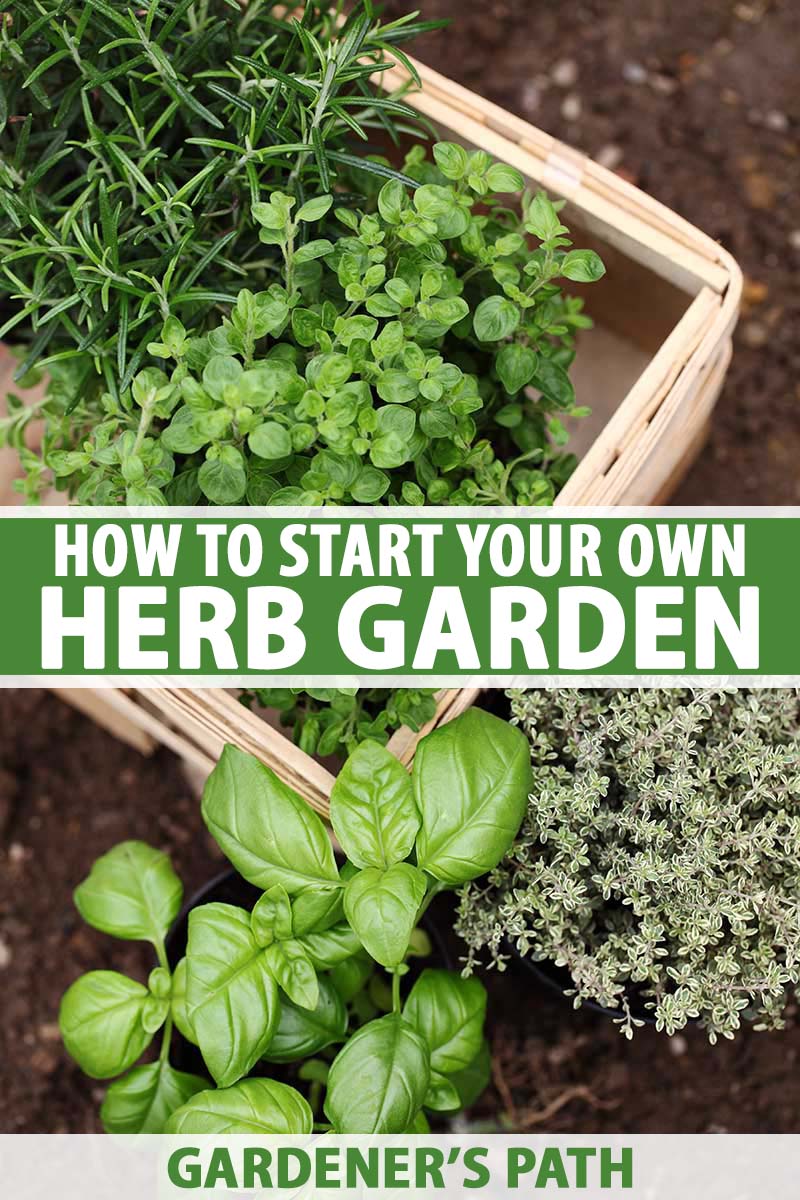 |
[TAG61]Hey ya'll, I'm Jess from Roots & Refuge Farm Welcome to a place that feels like home. A small farm with a big family. We hope you'll pull up a chair, |
 |
[TAG62]While Arabica beans are more popular, robusta coffee (Coffea canephora) also has a place in the world market. Robusta is less expensive to grow |
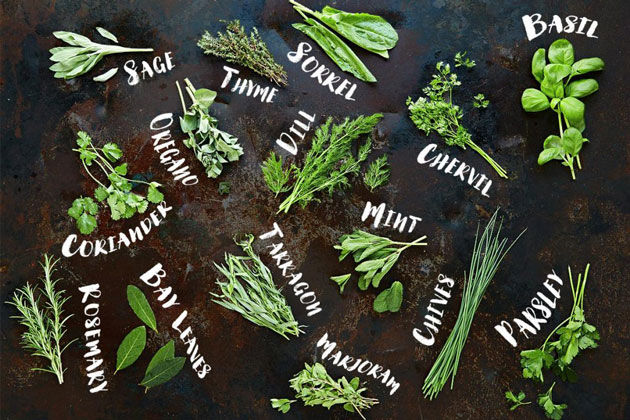 |
[TAG63]Here is the Pioneer Woman's link to her squash Casserole Here is is the link to my video of her Chicken Spaghetti I hope you all enjoy the southern.. |
 |
[TAG64]Soft rain with distant thunder in the quiet magical land of Hogwarts will help you forget about stress and problems. Magic healing rain with distant.. |
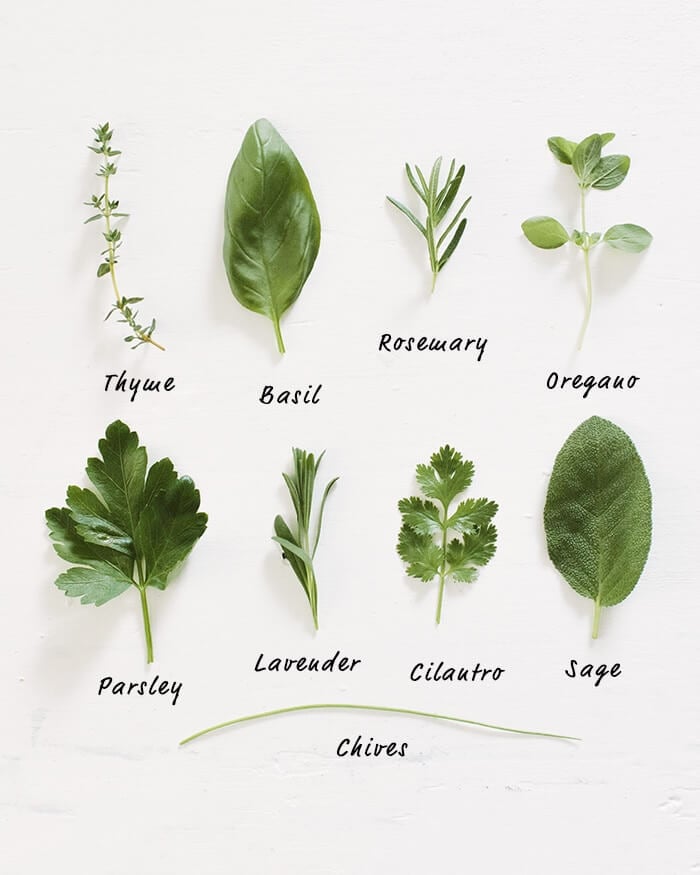 |
[TAG65]#Peasant #villagevlog #pastry The videos are shot in the Gakh region of Azerbaijan. We prepare delicious recipes in the village and present Azerbaijani |
 |
[TAG66]Fulljoy reasoning from Ras Papa owner of Nilotika Naturals located in Mekong, Uganda. In this clip Ras Papa gives us a tour of his farm Valeria Agro where |
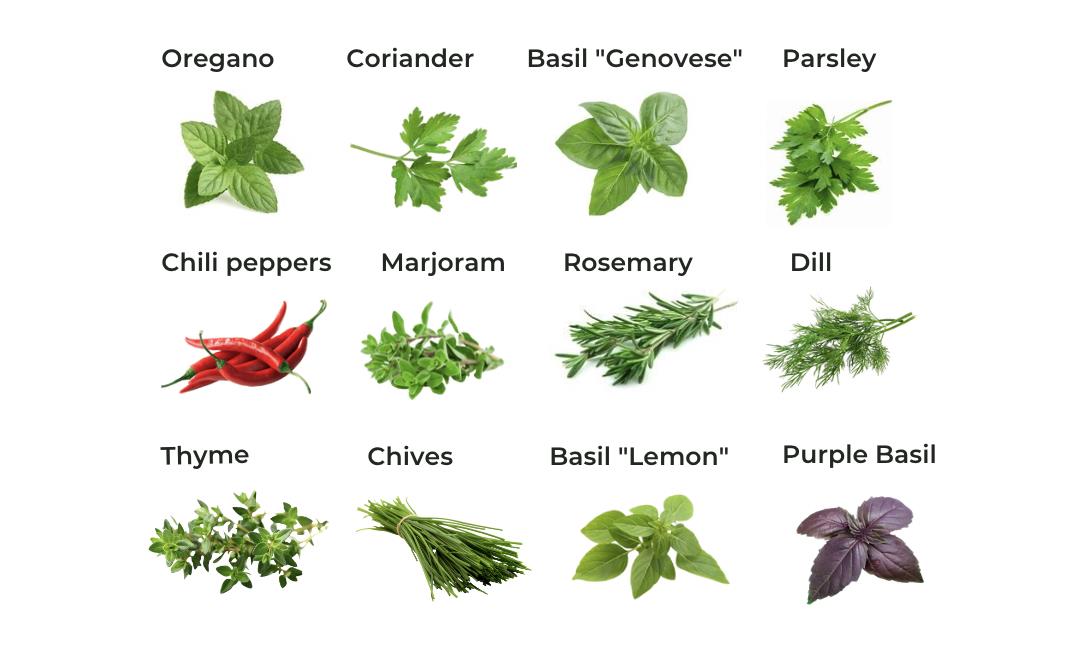 |
[TAG67]Follow Herbal Medicine Director, Peter Jackson-Main, as he takes you through a step by step instruction on how to make a powerful immune boosting tea. |
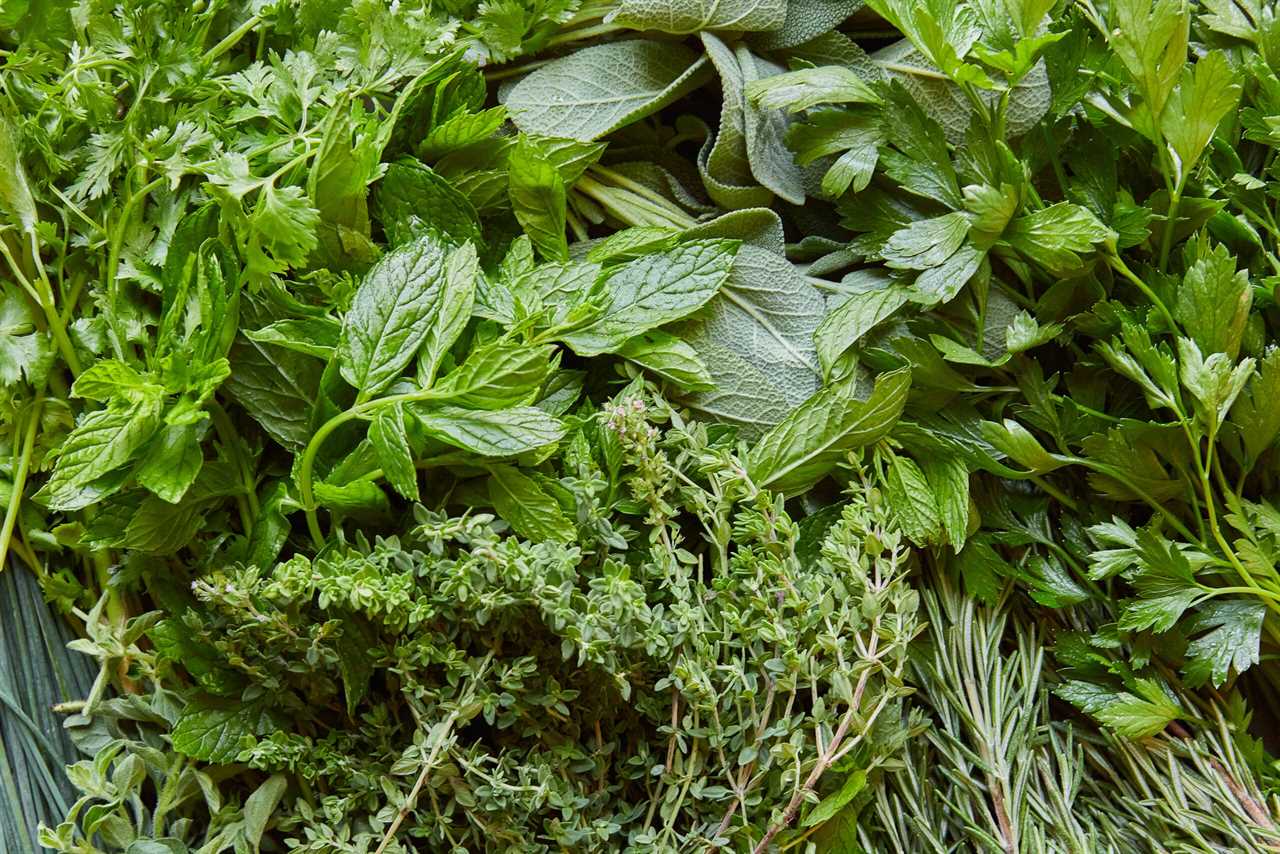 |
[TAG68]I wanted to walk through the grocery store and show you some of my favorite high quality chocolate items, including some next level sugar free.. |
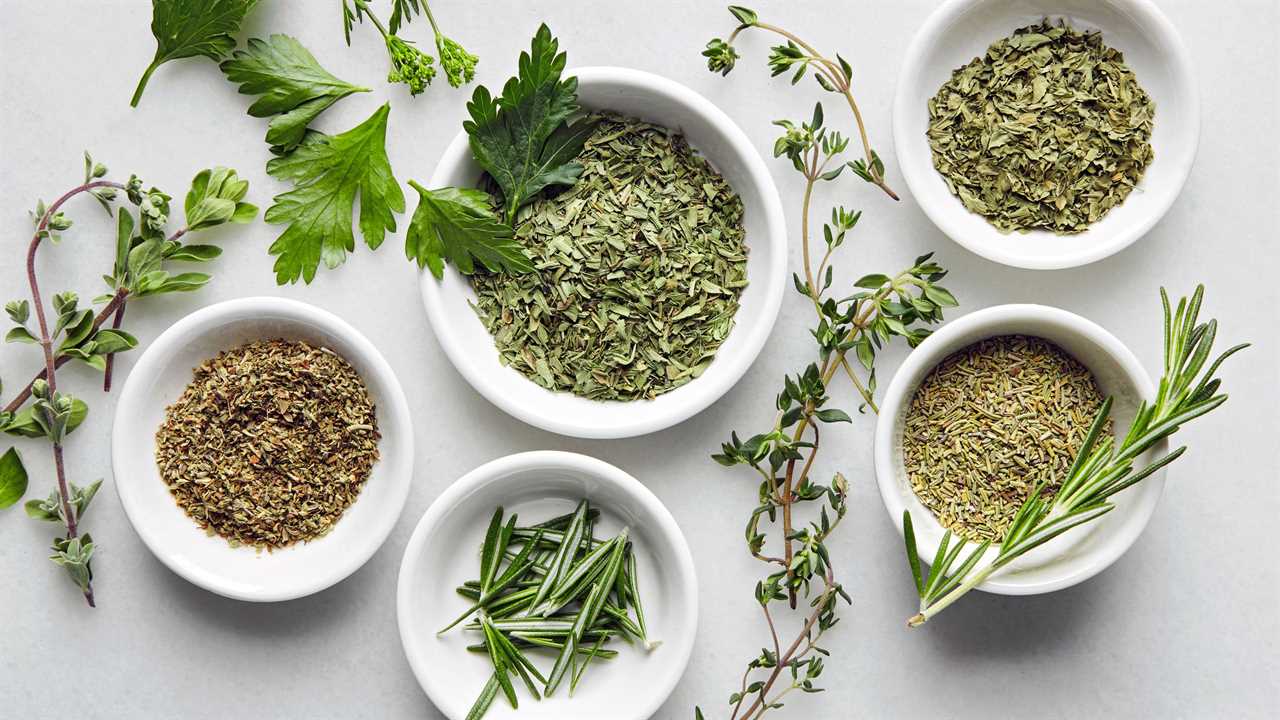 |
[TAG69]Are you ready to take the leap and learn the skills to supplement your self sufficiency Join this channel to get access to perks: |
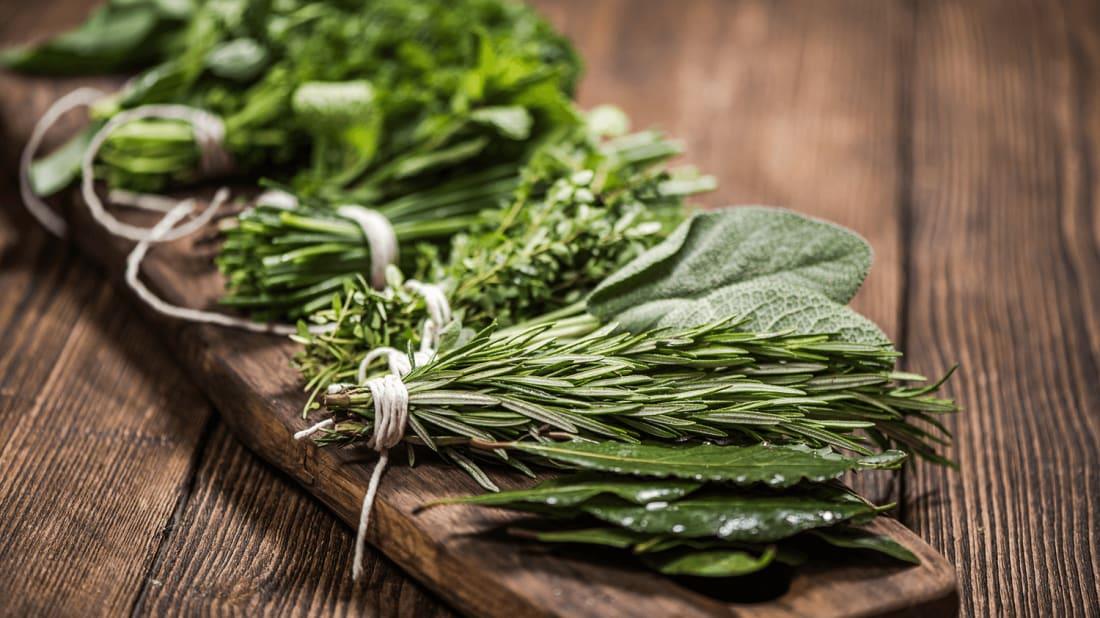 |
[TAG70]Learn herbs from respected professional herbalists offering world-class herbalist training. The NEW Professional Herbalist Course includes courses on over 600 |
 |
[TAG71]Our apothecary at the Chestnut School is no mere medicine cabinet; it holds the stories and healing signatures of herbs gathered from local wildlands, |
 |
[TAG72]In this video, I share 6 veggies you can start in July right now! July is our hottest month, but don't let that fool you. Now is the best time to.. |
 |
[TAG73]#herbalmedicine #feverfew #apothecary Welcome friends and join us in the Garden to harvest a lovely little plant that helps me with my migraines! Today we |
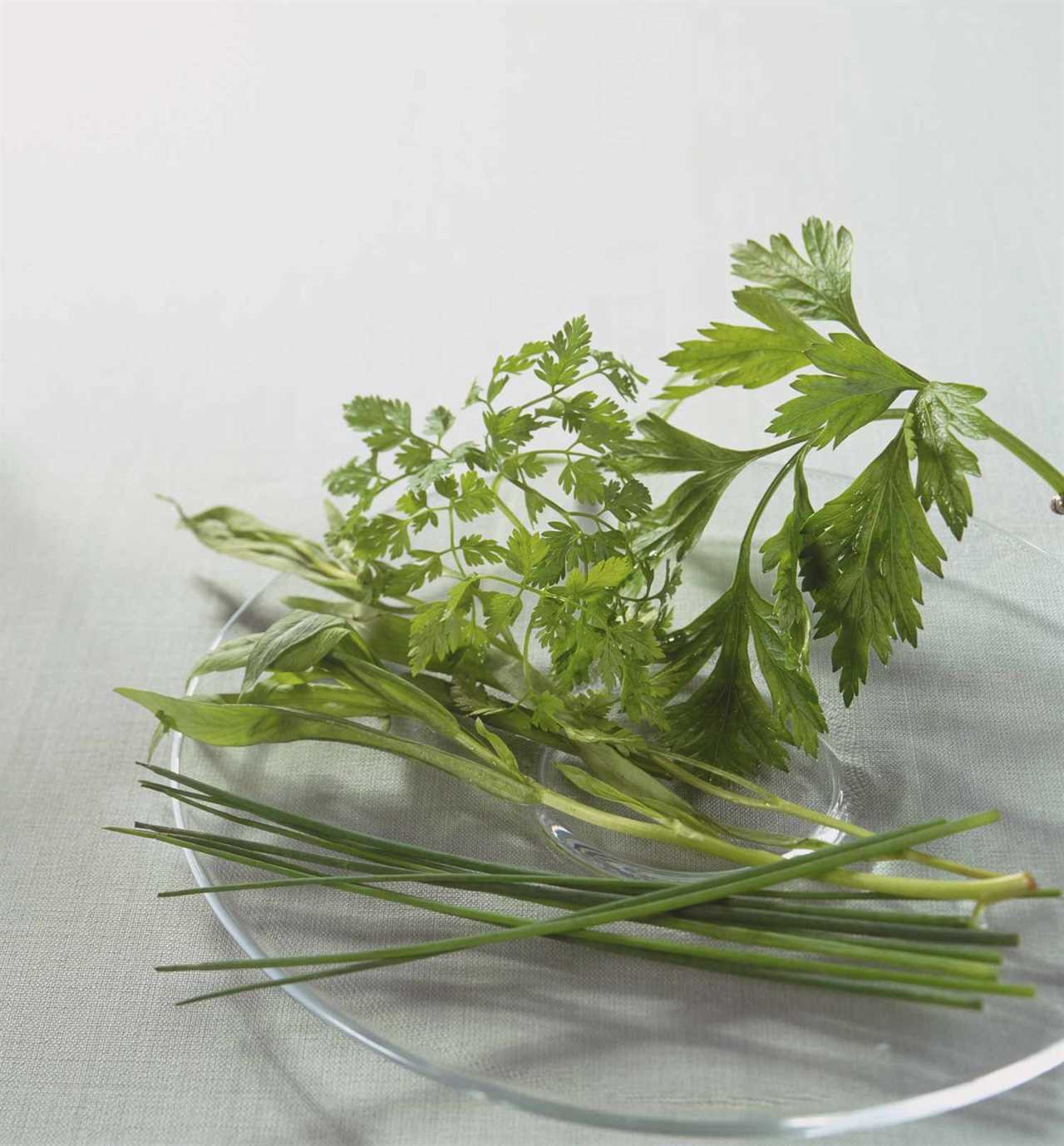 |
[TAG74]Gardening and cooking with fresh ingredients is one of the reasons I love our life here. We have spent a lot of time in the garden over the last few.. |
 |
[TAG75]Lemongrass is a perennial herb that thrives in tropical climates and is used in Thai and Vietnamese cuisine. It has a refreshing, citrus and |
 |
[TAG76]This video covers making a simple, non-electric, low maintenance, hydroponic set-up from things you have at home, no special tools or equipment... |
 |
[TAG77]Full home garden tour where we will give you a live update of our sun garden, cottage garden, patio garden, and vegetable garden. Take a peek at some |
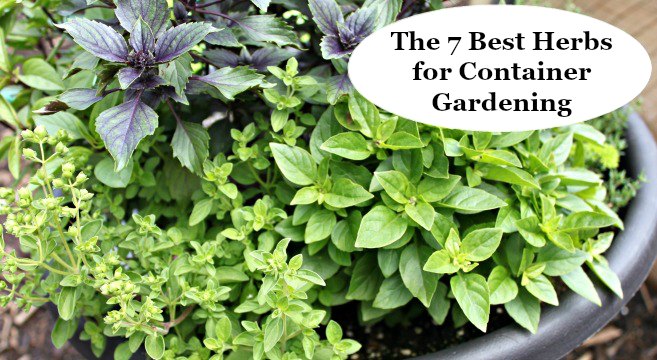 |
[TAG78]Every home cook should have a well-stocked and organized pantry. I've broken everything down in this video and have a master pantry list on Notion.. |
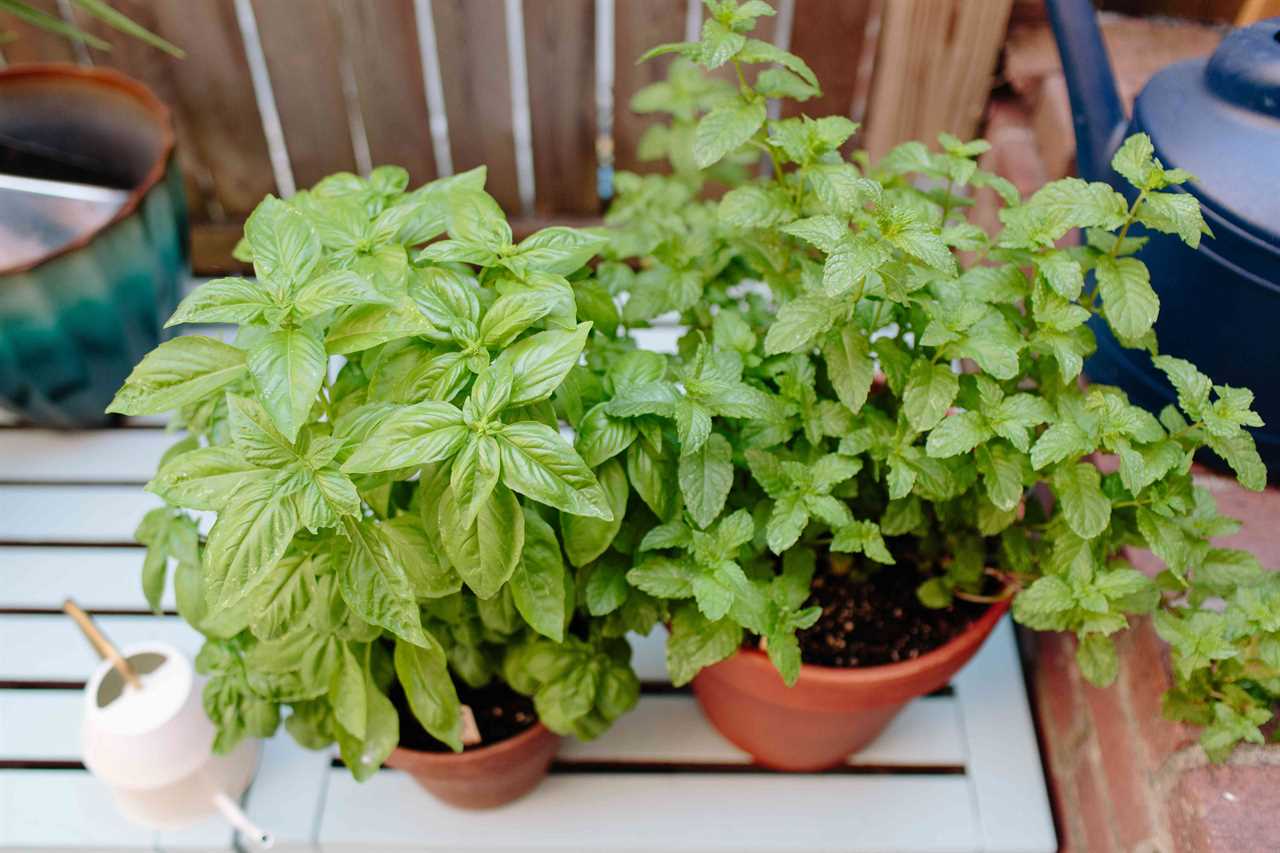 |
[TAG79]Creating a successful fruit tree guild is so easy and surprisingly quick, and here's how! In today's episode, I teach you the 6 main plant groups.. |
 |
[TAG80]Hey guys! In today's video I am sharing with you 5 really easy and simple ways to use jiffy cornbread mix when you are on a budget! I love this stuff |
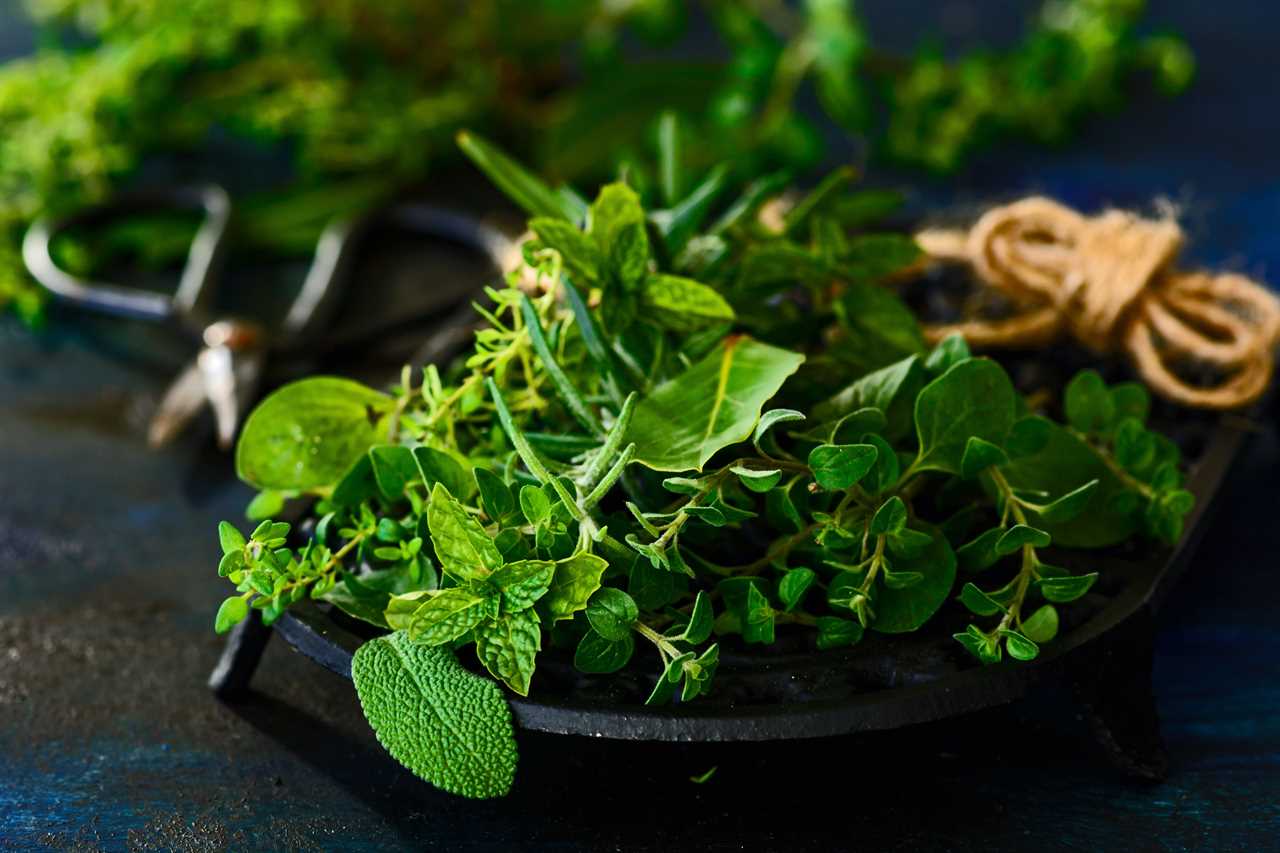 |
[TAG81]Find out more about herbs and how to use them |
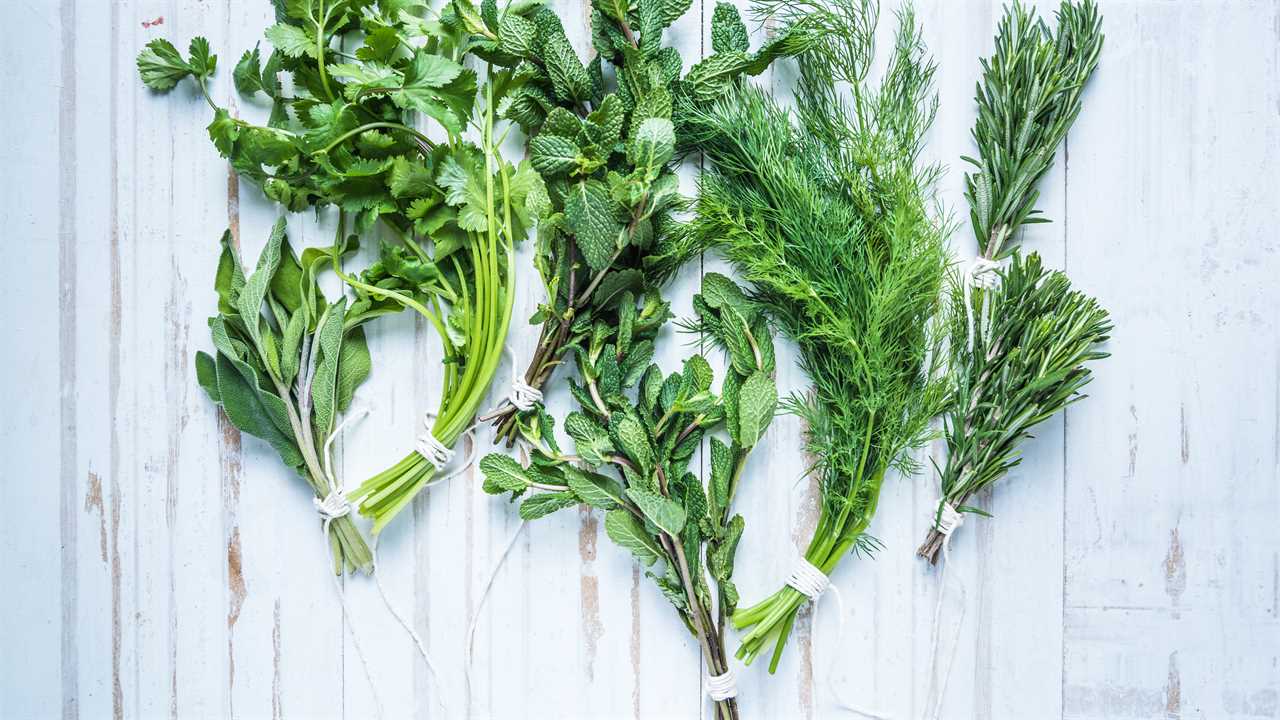 |
[TAG82]I'm loving these different ways to prepare herbs! This herbal bath experience was legendary and definitely something I'm going to continue doing!.. |
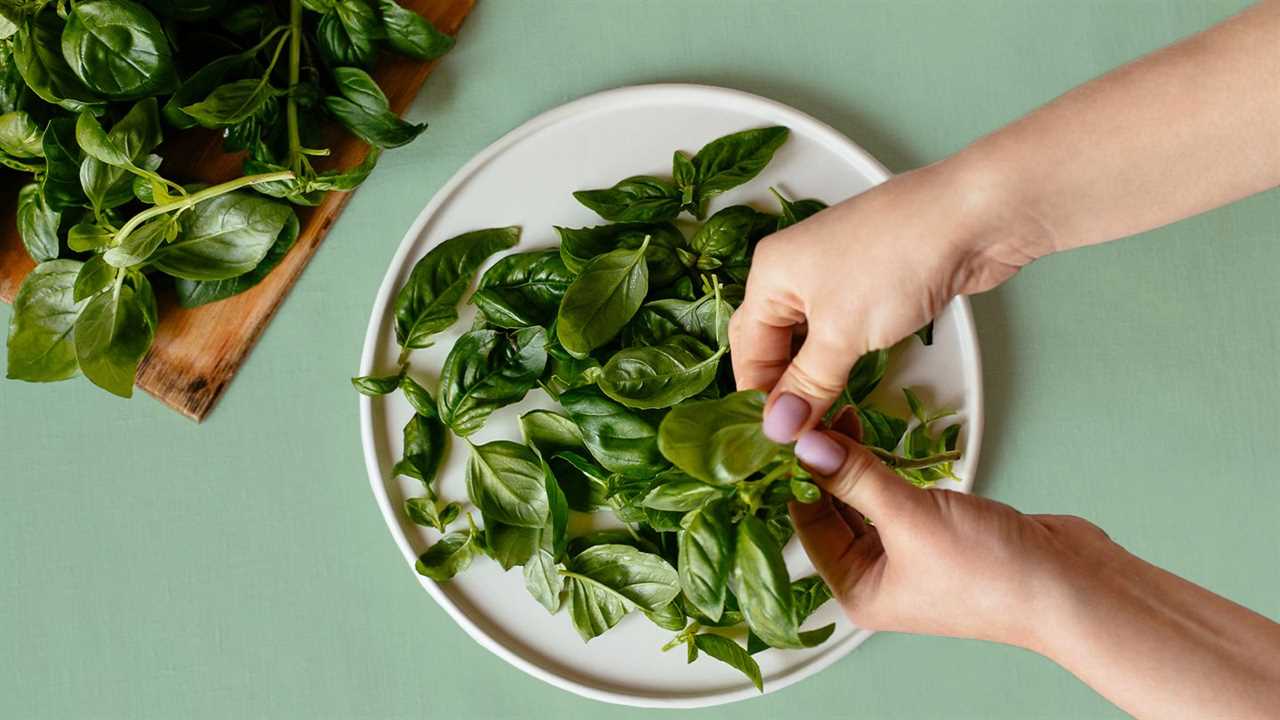 |
[TAG83]On our last day at #pandamonium homestead, Ausia gave us fresh eggs from her hens, and herbs that we picked fresh from her garden. #fulltinyhouse #rvlife |
 |
[TAG84]Hogwarts Legacy ( Part 15 ) - Herbology Class PS5 [ No Commentary] Newt Scamander |
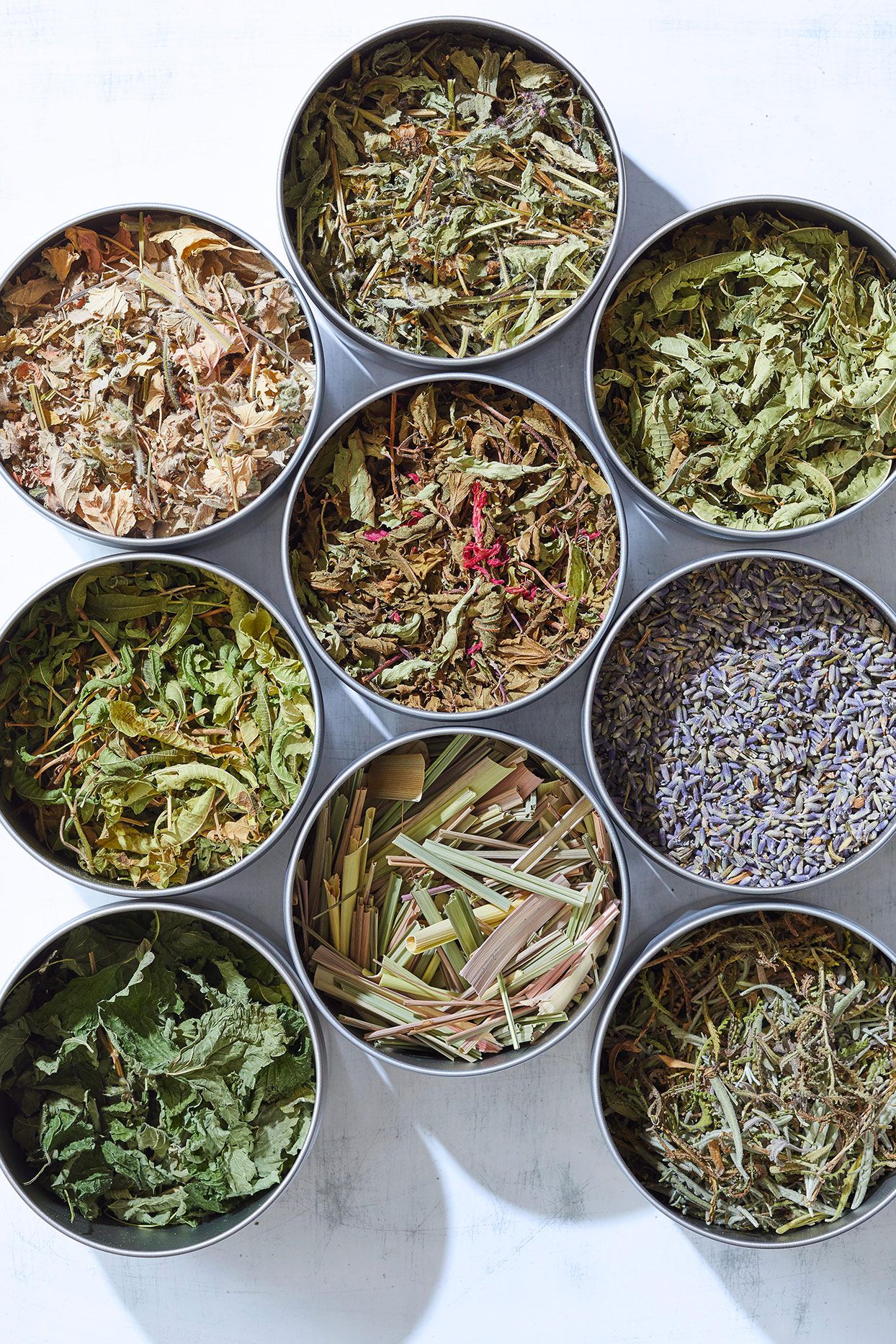 |
[TAG85]Jekka's top 10 herbs you can find in show gardens at RHS Chelsea Flower Show in 2023 |
 |
[TAG86]Join me in the kitchen today! We will be creating herbal salt seasoning blends, which is a wonderful way to preserve our summer bounty of herbs. Welcome |
 |
[TAG87]One question I get often is, "I have herbs growing, but I don't know what to do with them." Or, "How do I prepare them and harvest them?" So it will depend on |
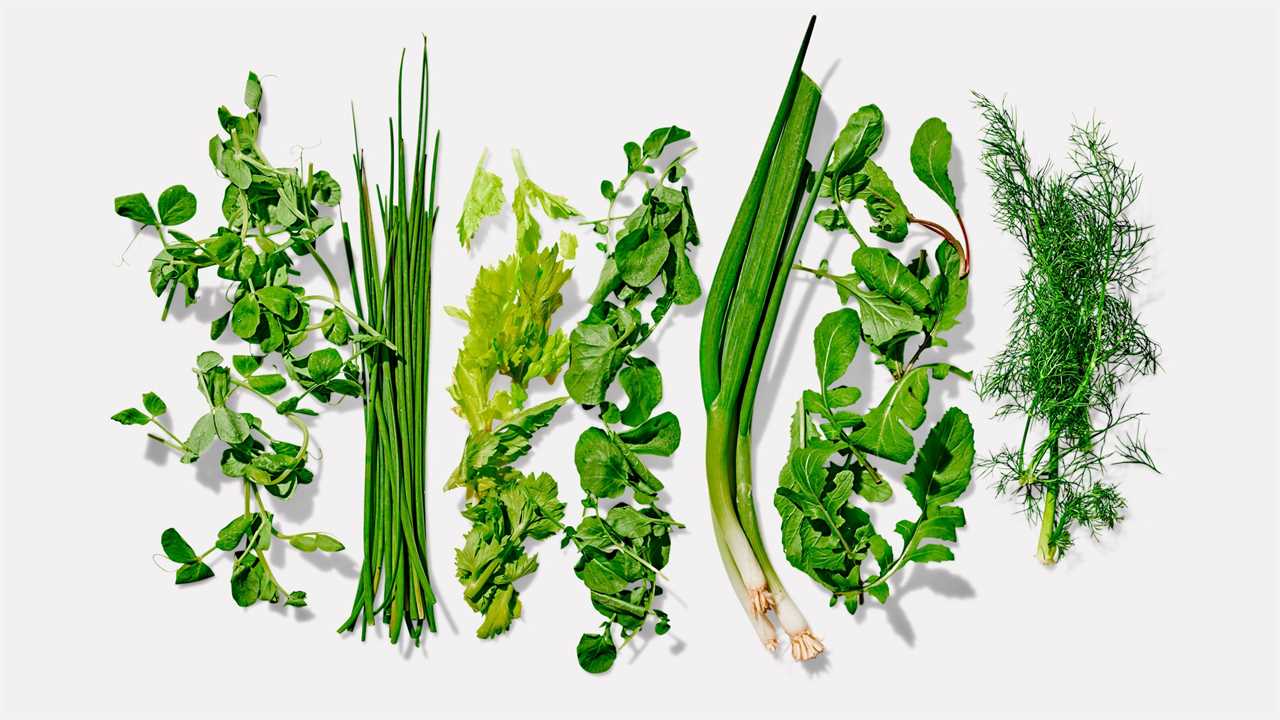 |
[TAG88]Hey ya'll, I'm Jess from Roots & Refuge Farm Welcome to a place that feels like home. A small farm with a big family. We hope you'll pull up a chair, grab |
 |
[TAG89]Alborosie’s Still Blazing from his album Soul Pirate (Deluxe Remastered Edition). Subscribe to Alborosie VEVO channel - https://www.youtube |
 |
[TAG90]Arusip fruit is in season today. I picked some and made jam. It is a perfect match to a bread and coffee in the morning. I went also to the top the waterfalls |
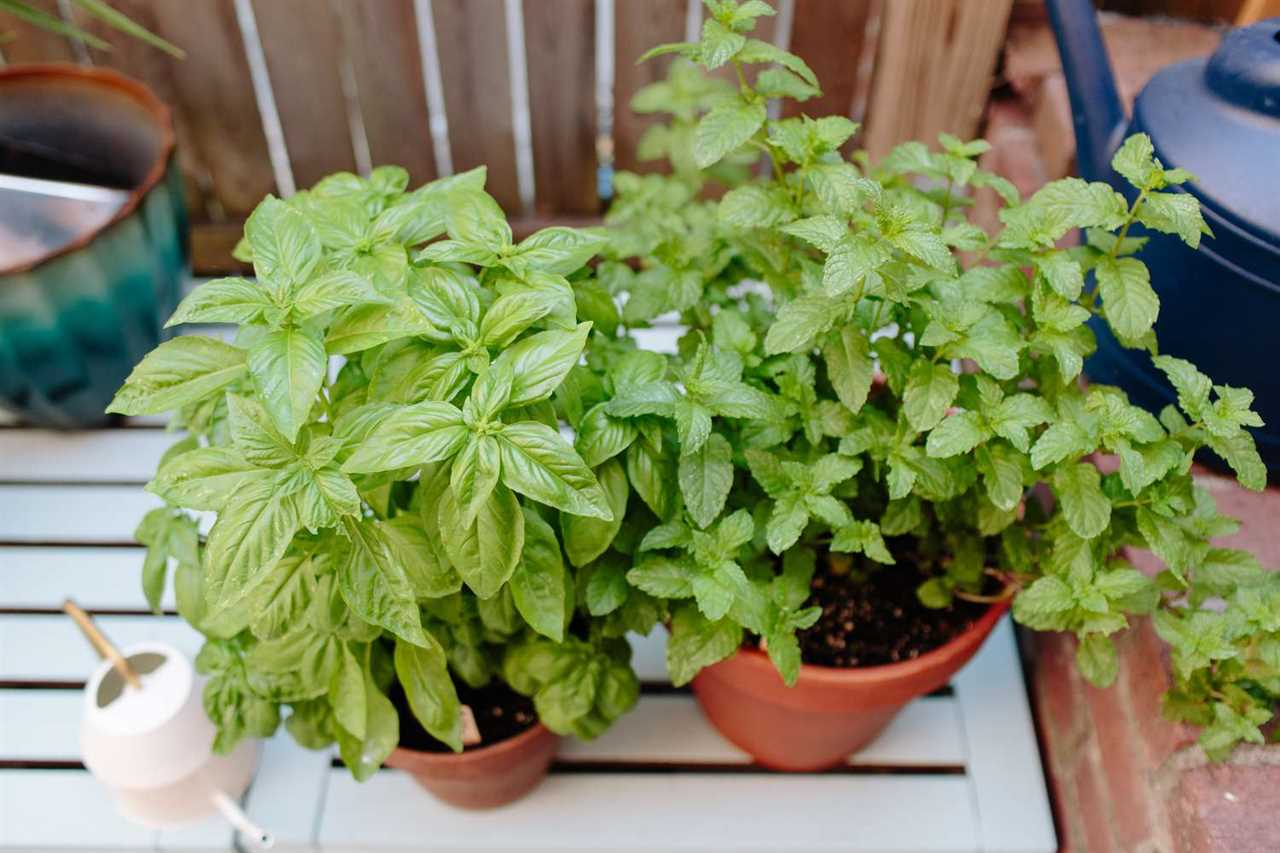 |
[TAG91]#herbs #kitchengarden #gardening Herb Gardening For Beginners - DIY Kitchen Herb Garden Hope you find this video helpful! Thanks for watching! Misilla |
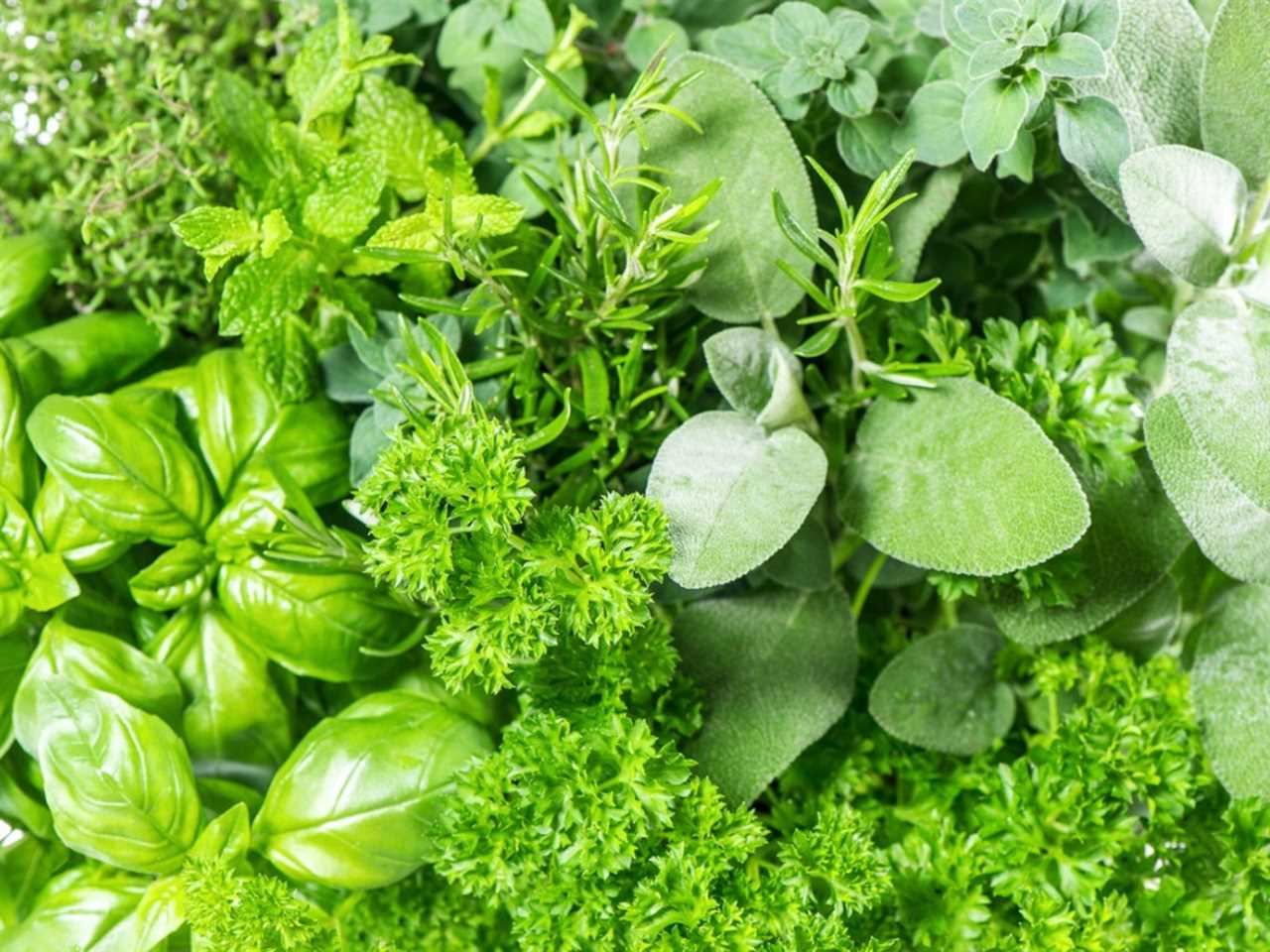 |
[TAG92]Like life, tea is what you make of it and The Cup of Life helps individuals enjoy tea in more than one way. Join me on my tea adventures through my blog! |
 |
[TAG93]Join me and Kat Mackinnon, who shares an impressive amount of information about the medicinal gifts of the pine tree in a hilarious and quirky way! |
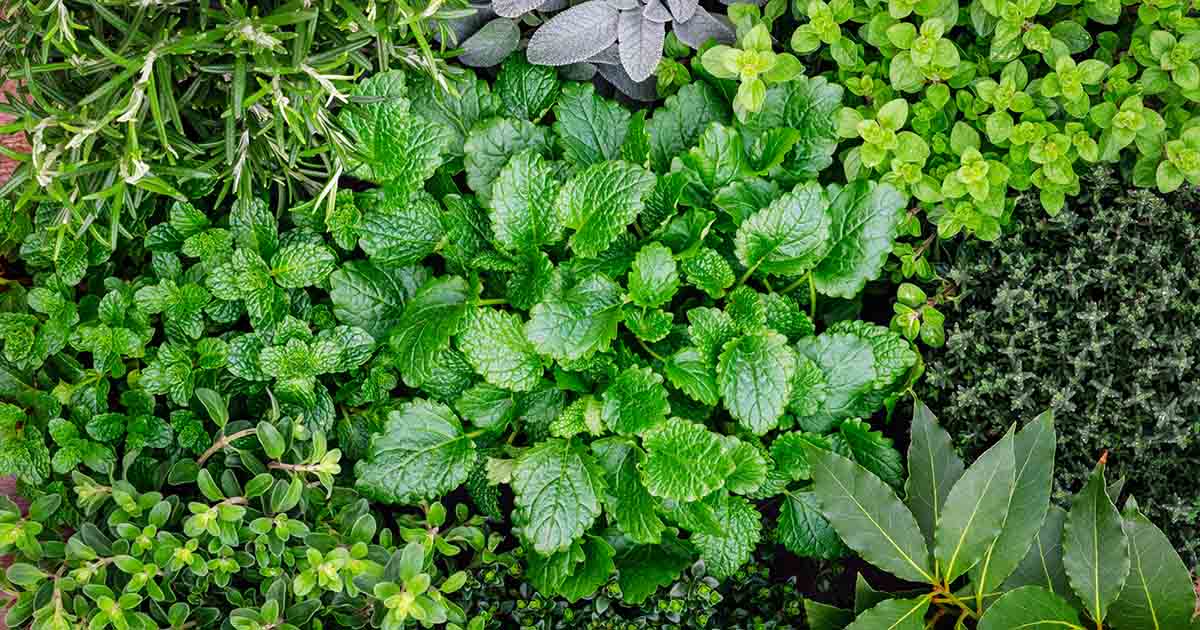 |
[TAG94]Tongkat Ali is an herb that’s traditionally been used for sexual enhancement, energy, strength, fever, and several other conditions. In ... Read more |
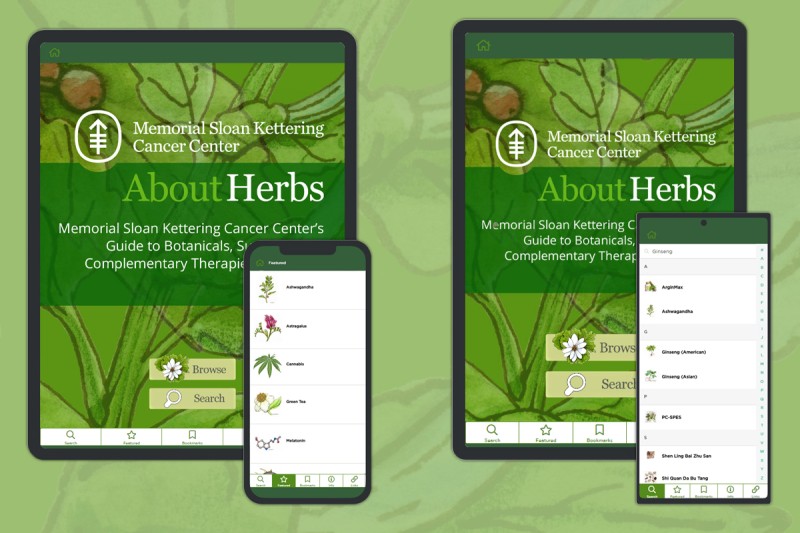 |
[TAG95]Find out how to use willow bark for natural pain relief, backaches, muscular soreness, headaches, arthritis, and more! |
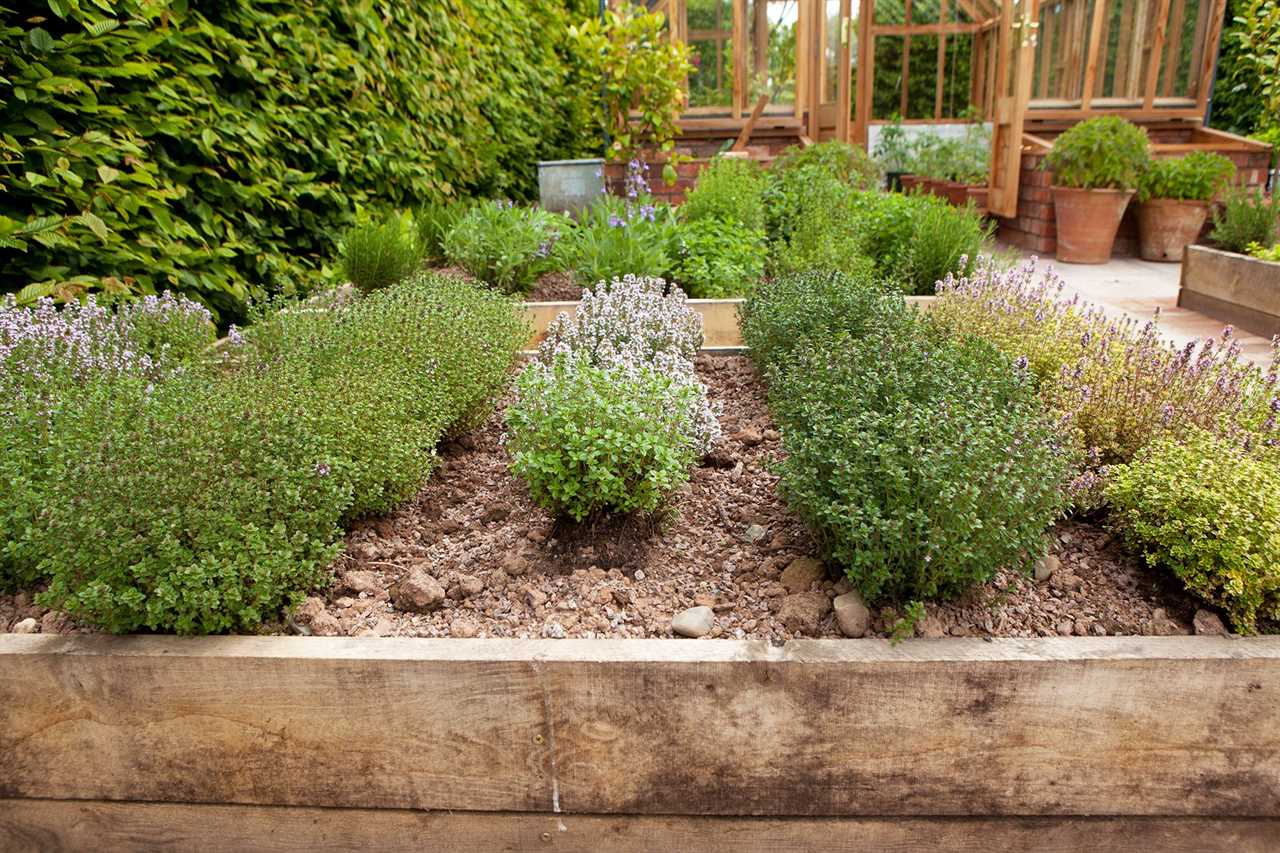 |
[TAG96]Have you ever noticed how different a cough can feel? You may have a dry, coarse cough or one that ... Read more |
 |
[TAG97]Red clover is a medicinal plant that has been used for thousands of years to treat various ailments. In this ... Read more |
 |
[TAG98]Eurycomanone is a major quassinoid compound found in Tongkat Ali (Eurycoma longifolia). It is often regarded as being responsible for ... Read more |
 |
[TAG99]Join me in this episode for a deep dive into linden tree medicine. I share my favorite recipe so you can enjoy the medicinal benefits of delicious linden tea. |
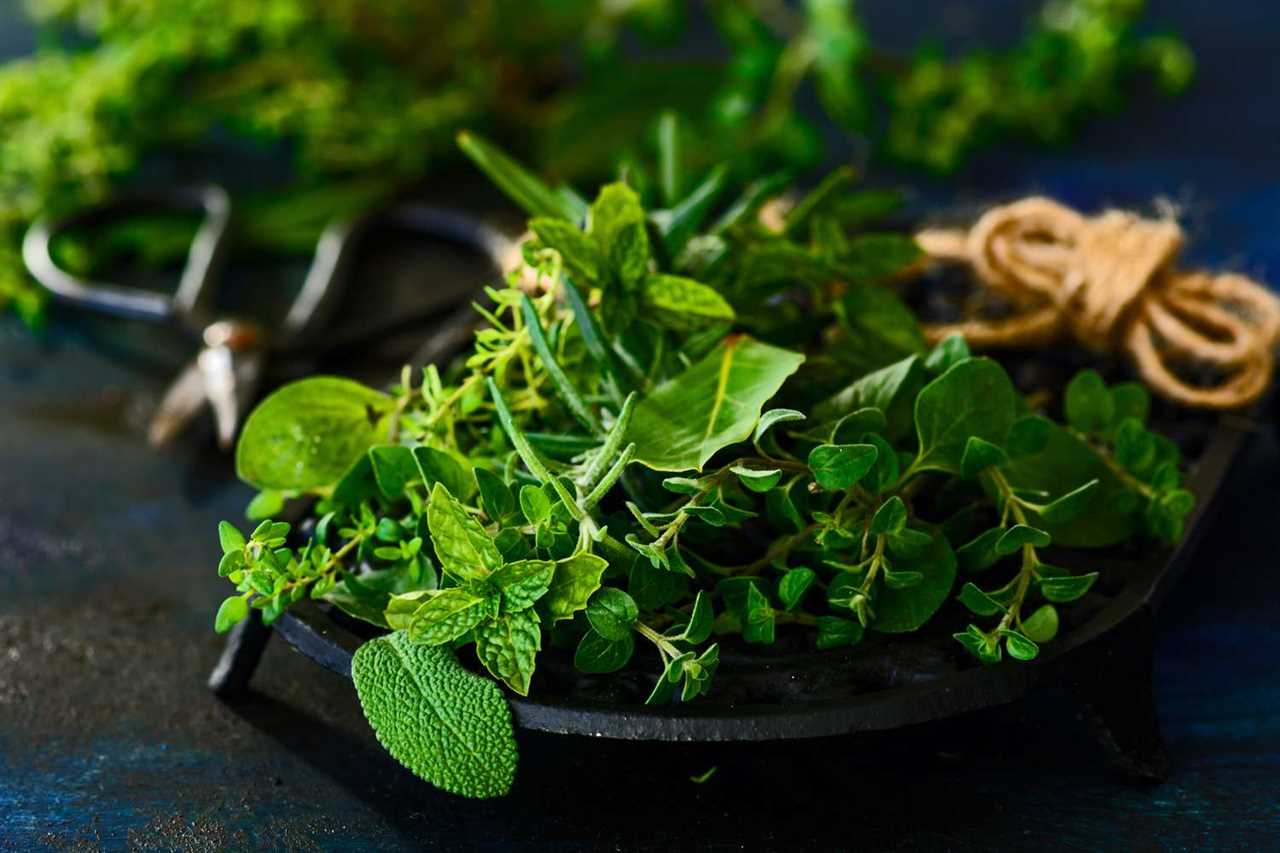 |
[TAG100]Lack of sleep can leave you with no energy, irritated, lethargic, and moody. Whether you struggle with falling asleep, waking ... Read more |
 |
[TAG101]I'll show you a compact, easy-to-travel-with natural first aid kit; a wonderful way to be prepared for everyday health concerns when you’re away from home! |
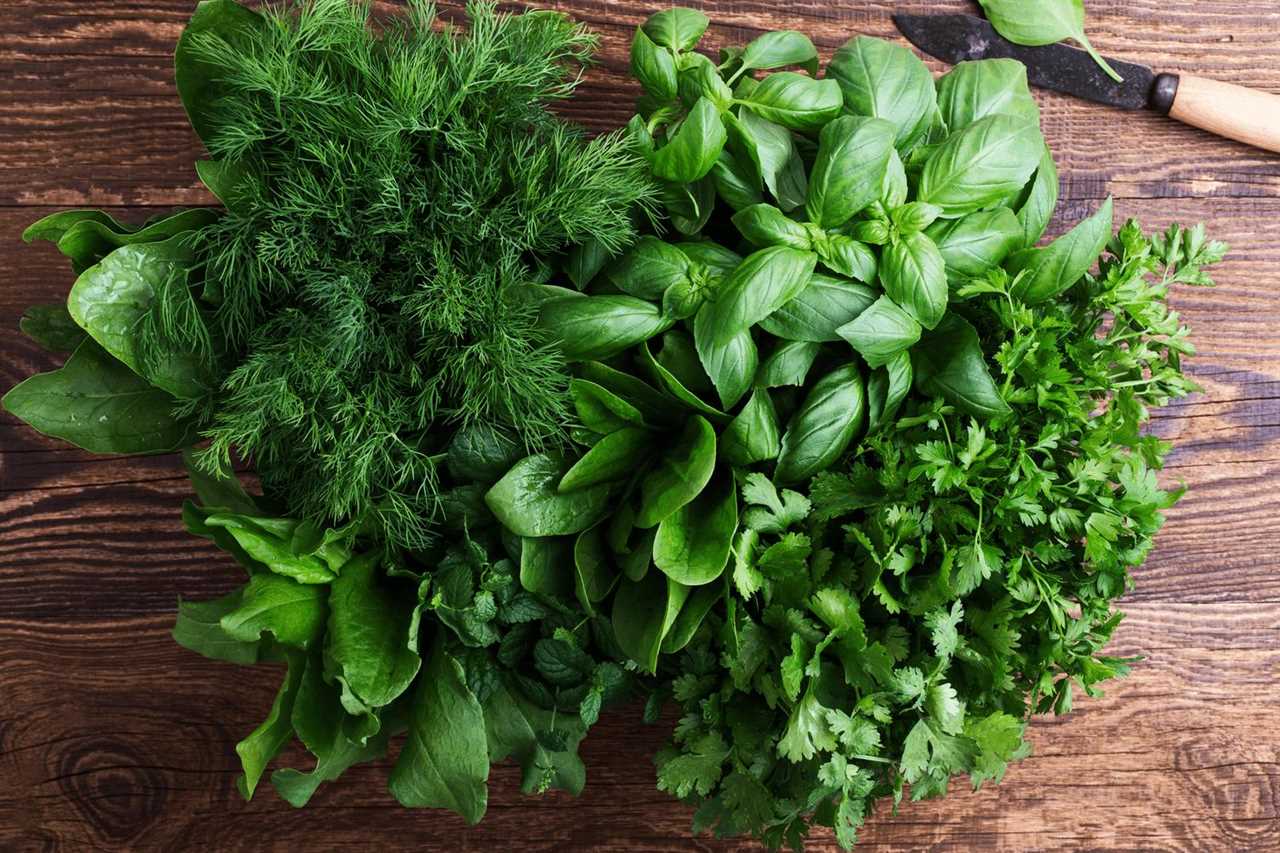 |
[TAG102]Arrowleaf balsamroot (Balsamorhiza sagittata) is a stunning flower, a nutritious food, and a potent herbal medicine that grows all over western North America. |
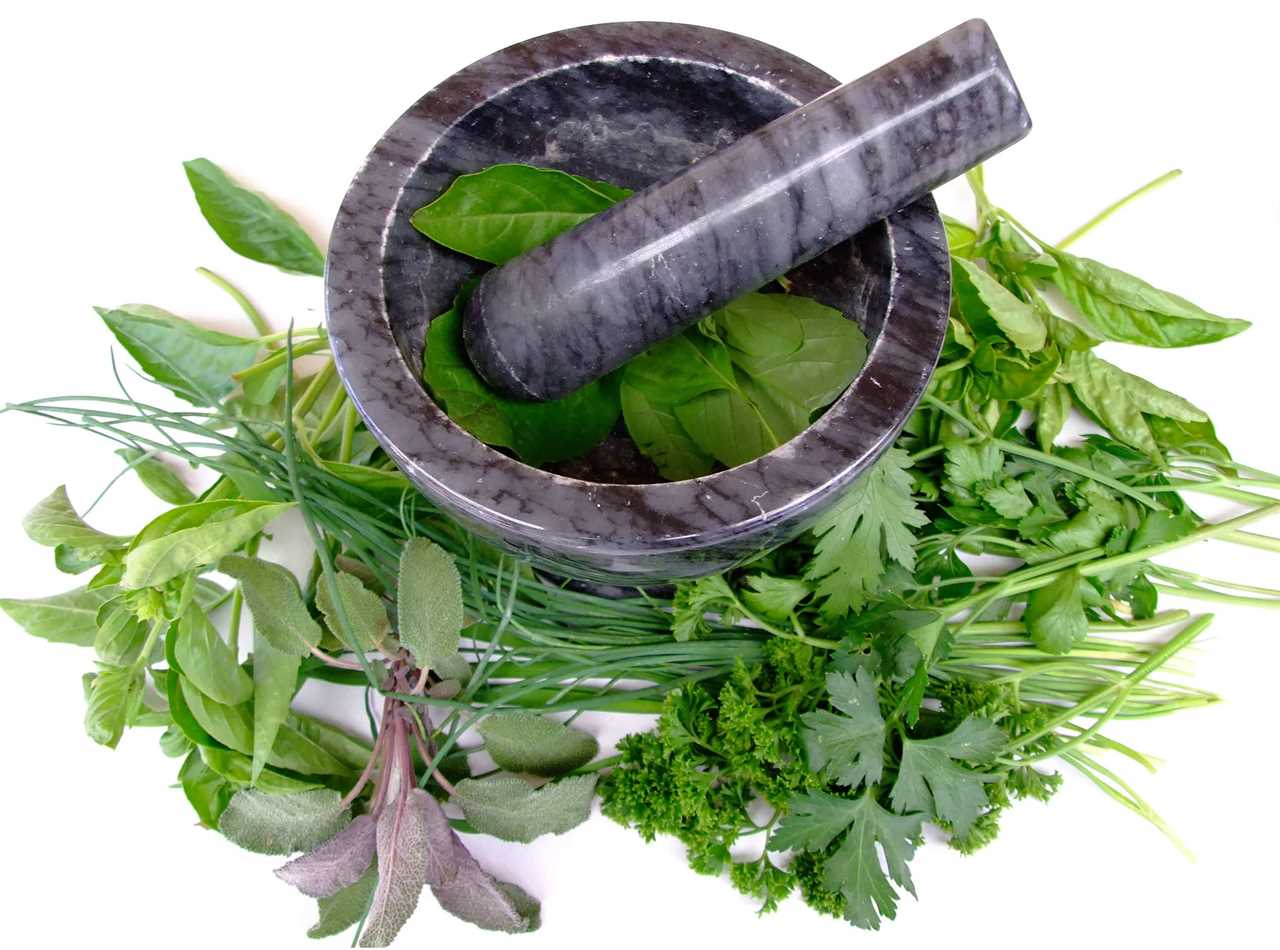 |
[TAG103]A tea assessment platform that rates teas based on objective quality markers and a sensory evaluation resulting in a list of the best teas produced each year. |
.png)
